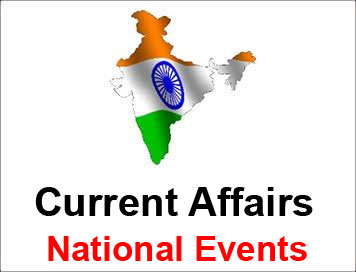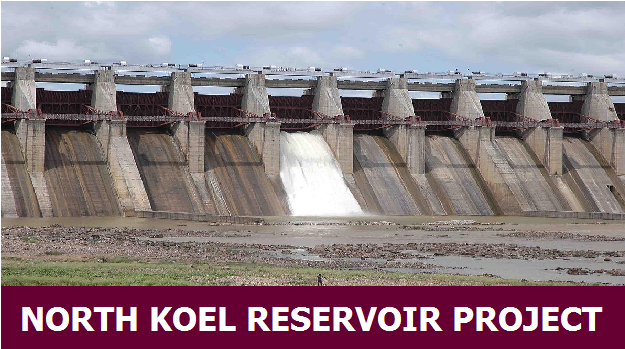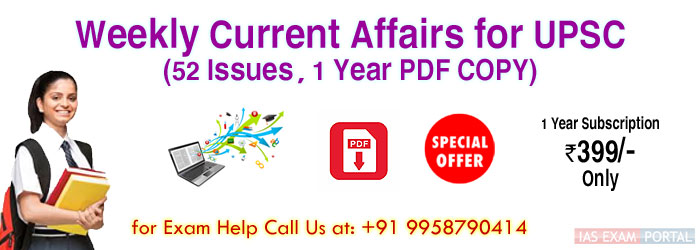-
Article 35A is a provision incorporated in the Constitution
giving the Jammu and Kashmir Legislature a carte blanche to decide who all
are ‘permanent residents’ of the State.
-
It confers on them special rights and privileges in public
sector jobs, acquisition of property in the State, scholarships and other
public aid and welfare.
-
The provision mandates that no act of the legislature coming
under it can be challenged for violating the Constitution or any other law
of the land.
-
Article 35A was incorporated into the Constitution in 1954
by an order of the then President Rajendra Prasad on the advice of the
Jawaharlal Nehru Cabinet.
-
The controversial Constitution Order of 1954 followed the
1952 Delhi Agreement entered into between Nehru and the then Prime Minister
of Jammu and Kashmir Sheikh Abdullah, which extended Indian citizenship to
the ‘State subjects’ of Jammu and Kashmir.
-
The Presidential Order was issued under Article 370 (1) (d)
of the Constitution. This provision allows the President to make certain
“exceptions and modifications” to the Constitution for the benefit of ‘State
subjects’ of Jammu and Kashmir.
-
So Article 35A was added to the Constitution as a testimony
of the special consideration the Indian government accorded to the
‘permanent residents’ of Jammu and Kashmir.
-
The parliamentary route of lawmaking was bypassed when the
President incorporated Article 35A into the Constitution. Article 368 (i) of
the Constitution empowers only Parliament to amend the Constitution.
-
A five-judge Bench of the Supreme Court in its March 1961
judgment in Puranlal Lakhanpal vs. The President of India discusses the
President’s powers under Article 370 to ‘modify’ the Constitution.
-
Though the court observes that the President may modify an
existing provision in the Constitution under Article 370, the judgment is
silent as to whether the President can, without the Parliament’s knowledge,
introduce a new Article. This question remains open.
-
A writ petition filed by NGO We the Citizens challenges the
validity of both Article 35A and Article 370.
-
It argues that four representatives from Kashmir were part
of the Constituent Assembly involved in the drafting of the Constitution and
the State of Jammu and Kashmir was never accorded any special status in the
Constitution.
-
Article 370 was only a ‘temporary provision’ to help bring
normality in Jammu and Kashmir and strengthen democracy in that State, it
contends. The Constitution-makers did not intend Article 370 to be a tool to
bring permanent amendments, like Article 35A, in the Constitution.
-
Attorney-General K.K. Venugopal has called for a debate in
the Supreme Court on the sensitive subject.
-
Recently, a Supreme Court Bench, led by Justice Dipak Misra,
tagged the Khanna petition with the We the Citizens case, which has been
referred to a three-judge Bench.
-
The court has indicated that the validity of Articles 35A
and 370 may ultimately be decided by a Constitution Bench.





